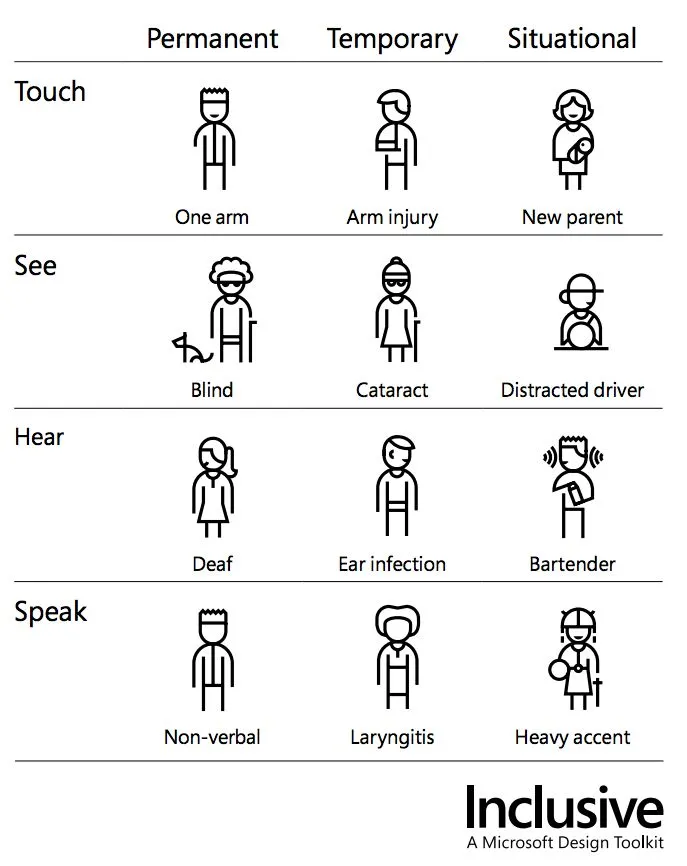The last two years have been incredibly challenging with the ongoing war in Ukraine, high energy prices, and the cost-of-living crisis creating a perfect storm.
This has knocked confidence for most businesses. Every pound or dollar of ad spend is having to work a lot harder, and many may not want to spend extra money on their website.
The truth is you could be getting 10-20% more transactions every month by investing in a research and A/B testing programme. If you’re not, then you’re leaving cash on the table.
So, whether you’re at the beginning your CRO journey, or you’re already investing in optimisation, let’s look at some key considerations for scaling an online business in 2023.
1. If you’re already investing in optimisation, make sure you’re getting value for money
When marketing budgets are being squeezed, it’s time to re-evaluate each of your CRO tools to see if you’re making them sweat.
Can you move to a cheaper alternative? For example, most of what you get from Hotjar for a high price, you can get from Microsoft Clarity for free.
Are you getting the most from your A/B testing platform? Many companies invest in a shiny new solution but never use 80% of its features. Take advantage of the free training most vendors offer and make sure you have a team of strategists and UX researchers to feed your testing pipeline.
Start seeing your web optimisation programme as an investment you should see a return on, like any other channel. Calculate what you predict to be the projected uplift in transactions based on historic data, which should give you a budget for CRO.
Oh, and in case you missed the news – Google is sunsetting Google Optimize in September, so it’s time to start exploring other A/B testing providers. There’s plenty of low-cost alternatives out there which have good integrations with GA4. Speak to your agency if you need help in navigating your options.
2. Invest in a web analytics set up based on KPIs that matter to your business
How do you know if all your CRO efforts are a success if you’re not measuring the right metrics?
Invite one stakeholder from each department (marketing, sales, customer experience, etc) to map the user journey and attach key metrics to each stage, like add-to-basket rate or Net Promoter Score. Don’t forget supporting metrics like ‘number of new research initiatives’ or ‘number of test ideas submitted’ per month.
Invest in an A/B testing platform that will allow you to measure the success of any new website updates. If you aren’t measuring the impact of the changes you’re making to your website, then it’s like flipping a coin. You don’t really know if it’s a making a positive or negative change.
Lastly, if you aren’t already, I’d recommend starting to use qualitative research as well as quantitative research. We tend to overvalue quant data, or ‘what’ our web users are doing, and undervalue qual data, or the reason ‘why’ they’re doing it.
For example, it’s useful to know how many users are abandoning a specific page – but isn’t it much more useful to know why they’re leaving? Is it the price, or because they don’t understand your value proposition, or something else? That qual data allows us to make much better design decisions because we have a better understanding.
In summary, focus on KPIs that matter to the whole business, visualise it, test, test, test, and start using more qual data!
3. If you’re looking to expand into new audiences or markets, conduct research with users first
One of the most common mistakes I see is assuming that a high-performing website will work just as well for any new audience or market.
Each audience and territory brings with it its own unique goals, pain points, and cultural profile. Furthermore, it’s now so easy to get fast, direct feedback from global users. The panel that we use at Launch for user testing gives us access to over 1.5million users worldwide.
That means we can be really targeted. if we’re looking for young parents in Brazil or football fans in New Zealand, we can find them and get incredibly useful feedback on a website in an instant.
For example, last year I carried out a project for an American logistics company who were looking to launch in Japan. Their website was well optimised for an American audience. Simple, clear with very little copy and lots of visuals.
But it didn’t test well with Japanese users at all. Japan is a high-context culture, so users prefer text-heavy websites with lots of detail. We had to make huge changes to make the website more appealing for a Japanese audience.
So you’ll be far more successful in any new ventures if you invest in user research to localise your web assets.
4. Explore using AI to optimise your whole CRO workflow
If you’re anything like me, posts about ChatGPT have been filling up your LinkedIn feed for months now.
I know many copywriters who now regularly use ChatGPT to make suggestions to improve copy, and dev engineers who are using ChatGPT to write HTML and CSS for them.
There’s even predictive analytics tools being run using an AI engine, which will calculate the outcome of your A/B tests before you’ve launched them. We’re just beginning to realise how it will change how we do our jobs.
Talk to your co-workers, attend conferences to grill attendees outside of your business, and don’t be afraid to ask your extended LinkedIn network for recommendations on which new AI tools they have found to be useful.
What’s not likely to be affected by AI soon is the human element of user research. And we will still need strategists to monitor and manage the use of these tools. Phew..!
5. Get on top of accessibility and inclusive design to broaden your website to a wider audience
Web accessibility and inclusive design has been around for decades now. It’s the idea of making sure all web interfaces are accessible to as many people as possible.
That means designing for people with disabilities and individuals who use assistive technologies such as screen readers, as well as people with visual, auditory, motor, and cognitive impairments.
Other than this just being the right thing to do, it makes your website more accessible to far more potential customers. This is the reality of at least 1 in 5 people in the UK, and many more who may have a temporary or even situational disability: it’s more common than you may realise.
In the UK there are:
- 1.5 million people who have a learning disability
- 7 million people who have dyslexia
- and 2 million people with a visual impairment.
If you’re not factoring accessibility into your website, then you’re effectively closing off sales to a huge part of your potential customer base.
Get on top of accessibility – read our round-up of LinkedIn’s favourite resources.

With 2023 set to be a tough trading year for many, it’s essential you’re getting a good return on your conversion spend. Sweat your tools, invest in quality research, let AI do the heavy lifting, and open up your site to accessibility. If you need a hand getting on top of it all, get in touch with us today.



